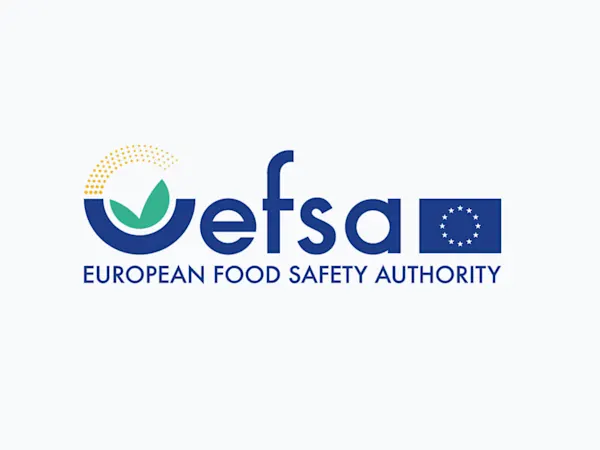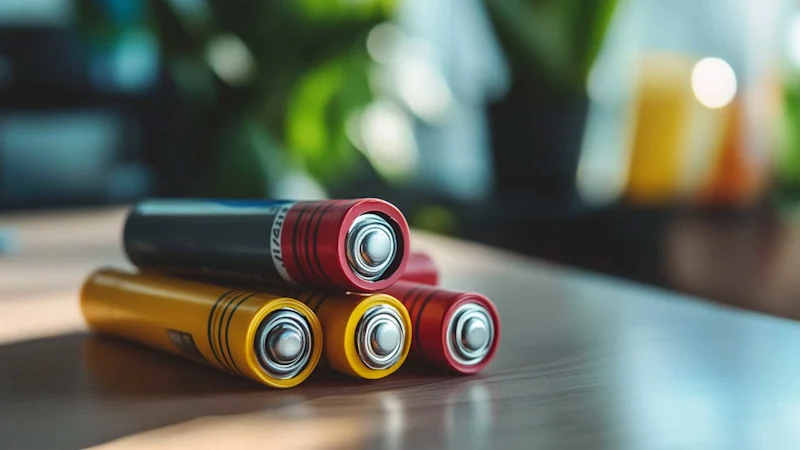
EFSA Seeks Feedback on Overhaul of Weight of Evidence and Biological Relevance Guidance
EFSA launches consultation on updating its Weight of Evidence and Biological Relevance guidance, aiming to streamline chemical risk assessment practices.


The European Commission has taken a major step toward ensuring the sustainable future of battery recycling by opening a feedback period for its draft delegated regulation under the new Battery Regulation (EU) 2023/1542. The proposal introduces a rigorous methodology for calculating and verifying the efficiency of recycling processes and the recovery of critical materials from waste batteries. But a central focus of the regulation is addressing the chemical risks that battery waste presents to both the environment and human health.
Batteries, especially those used in electric vehicles and renewable energy storage, are essential to Europe’s green transition. However, they also contain hazardous substances like mercury, cadmium, lead, and lithium, which pose significant risks if not properly managed during recycling. The new regulation aims to mitigate these risks by setting strict standards for how these chemicals are handled, recovered, and disposed of.
The Commission’s draft regulation mandates that recyclers meet specific recycling efficiency targets and adhere to a comprehensive documentation process that tracks the treatment of hazardous materials throughout the recycling chain. This ensures that toxic substances are either safely recovered or securely immobilized, preventing contamination of land, water, and air.
One of the key provisions is the requirement for recyclers to document the treatment of chemicals listed in Annex XII of Regulation (EU) 2023/1542, including mercury and cadmium, substances known for their toxic effects on human health and ecosystems. The proposed methodology specifies that any waste streams containing these substances must be explicitly tracked, and recyclers must demonstrate that they have been treated in ways that prevent environmental release.
The Commission has highlighted the importance of recycling efficiency in ensuring a high quality of material recovery without compromising safety. The regulation introduces detailed criteria for recyclers, including how to handle input and output fractions in the recycling process. One notable inclusion is the regulation’s approach to impurities, such as chlorine, sulphur, and iron, which, if not properly managed, can interfere with recycling and increase environmental harm.
Moreover, the draft regulation emphasizes the role of “black mass”, a byproduct of the battery recycling process containing valuable metals like cobalt and nickel, but also posing challenges in terms of chemical purity and handling. The proposed rules clarify how to classify and handle black mass, ensuring it is not prematurely considered a final output but instead is treated as an intermediate product requiring further processing to minimize risks.
At the heart of the Commission’s proposal is the creation of a level playing field for recyclers across the EU. By harmonizing standards, the regulation aims to ensure that companies are equally accountable for managing chemical risks, regardless of their location. The strict reporting requirements and verification processes laid out in the regulation will hold recyclers accountable for their handling of hazardous substances.
Recyclers will be required to provide detailed annual reports on the chemicals they recover or dispose of, which will be reviewed by competent authorities. This includes specific data on the handling of toxic substances, the efficiency of recycling processes, and the recovery of valuable materials such as cobalt, lithium, nickel, and lead.
The regulation aligns with the broader goals of the European Union’s Green Deal by tackling the chemical risks associated with battery recycling. With the rise in battery use, particularly in electric vehicles, addressing the safe recovery of chemicals is crucial to preventing long-term environmental degradation and safeguarding public health. Poorly managed battery waste can lead to contamination of water sources, soil, and even enter the food chain, leading to serious health issues.
The Commission has opened a four-week feedback period, running from 20 September 2024 to 18 October 2024, during which stakeholders, including recyclers, manufacturers, environmental groups, and the public, can provide their views on the draft regulation. This consultation process is critical to ensuring that the final regulation is balanced, effective, and adequately addresses the chemical risks involved in battery recycling.
The regulation is expected to be adopted by the fourth quarter of 2024, following the feedback period and any necessary revisions. Once implemented, it will play a pivotal role in driving Europe towards a more sustainable, circular economy by ensuring that the environmental and chemical risks associated with batteries are managed safely and efficiently.
Foresight continuously tracks 1000s of sources and maps updates to your portfolio:




EFSA launches consultation on updating its Weight of Evidence and Biological Relevance guidance, aiming to streamline chemical risk assessment practices.

The Netherlands refines its list of potential ZZS chemicals to better align with EU assessments, boosting early detection and regulatory foresight.

EFRAG’s revised ESRS Exposure Drafts slash mandatory data points by 57%, opening a 60-day consultation to streamline CSRD compliance.
Subscribe to Foresight Weekly and get the latest insights on regulatory changes affecting chemical compliance.
Free forever. Unsubscribe anytime.
Read by professionals at